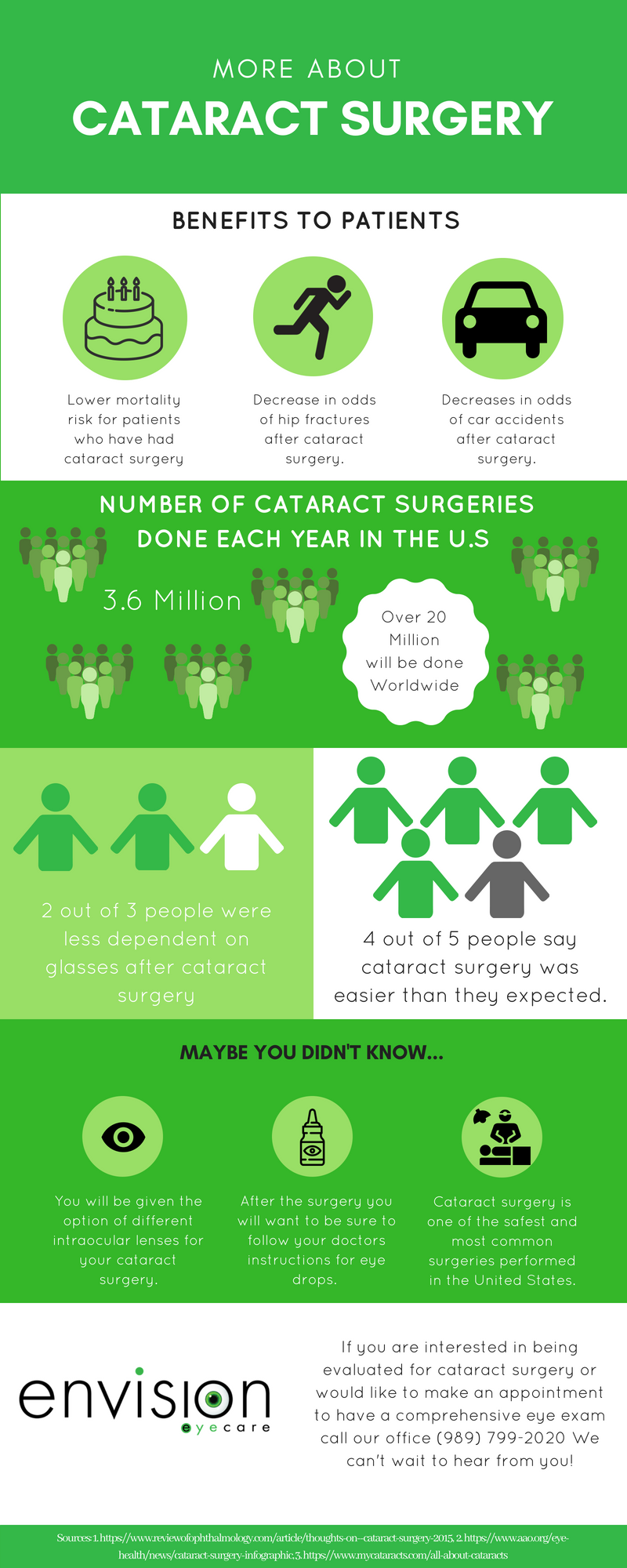Comparing Conventional And Modern Approaches To Treating Glaucoma
Comparing Conventional And Modern Approaches To Treating Glaucoma
Blog Article
Authored By-Daly Jantzen
Did you understand that the development of glaucoma treatment techniques extends centuries, incorporating both typical solutions and cutting-edge innovations? From old organic concoctions to sophisticated Minimally Intrusive Glaucoma Surgery strategies, the range of options is vast. As you delve into the complexities of typical versus innovative approaches, you might uncover shocking insights that challenge traditional perspectives on treating this widespread eye condition.
Historic Evolution of Glaucoma Treatments
The historical evolution of glaucoma treatments dates back to ancient civilizations where numerous treatments were utilized to take care of the condition. In old Egypt, as an example, treatments included a mixture of honey, fat, and sour milk put on the eyes. recommended site and Romans also added to very early glaucoma therapies with a focus on topical applications and nutritional interventions. Throughout history, diverse cultures established distinct methods to minimize the signs of glaucoma, often rooted in natural solutions and superstitious notions.
As time advanced, developments in clinical understanding led to even more methodical techniques to dealing with glaucoma. Between Ages, Arabic scholars made significant contributions by studying the anatomy of the eye and establishing surgical methods to address eye conditions. These very early technologies laid the structure for contemporary glaucoma therapies that we've today. Understanding the historical context of glaucoma therapies provides valuable insights into the continuous development and refinement of clinical techniques over the centuries.
Comparison of Traditional Techniques
In comparing standard approaches for dealing with glaucoma, take into consideration the historical contexts and effectiveness of numerous solutions.
Traditional therapies for glaucoma have progressed over centuries, from ancient practices like making use of honey and white wine to more recent improvements such as eye declines and surgical procedures. Historically, solutions like the application of leeches or organic concoctions were made use of to reduce signs, but their effectiveness was restricted.
As time advanced, methods like iridectomy, where a part of the iris is gotten rid of, became popular for reducing intraocular pressure. Some typical methods, like making use of oral drugs to decrease eye pressure, have actually stood the test of time and are still used today. Nevertheless, these treatments typically include negative effects and might not be as reliable as contemporary alternatives.
It's essential to weigh the historical value of conventional glaucoma therapies against their efficacy in the context of present clinical improvements.
Examination of Innovative Therapy Strategies
Taking into consideration the evolving landscape of glaucoma therapy, ingenious techniques are reinventing the method this eye condition is managed.
One noteworthy advancement is minimally invasive glaucoma surgical treatment (MIGS), which uses a much less intrusive option to conventional operations. https://lensx-laser31076.dsiblogger.com/68564905/post-operative-care-and-suggestions-for-an-uncomplicated-healing-from-cataract-surgical-treatment to reduce intraocular stress by boosting the eye's natural drain system, bring about less difficulties and faster recovery times contrasted to conventional surgical procedures.
Additionally, the advancement of sustained-release medicine distribution systems has actually provided an extra effective method to provide glaucoma medicine. These systems can launch medicine slowly over an extensive duration, enhancing individual adherence and decreasing the frequency of eye decreases.
Furthermore, emerging modern technologies like selective laser trabeculoplasty (SLT) offer a non-invasive choice for lowering intraocular pressure by targeting specific cells in the eye's drain system.
Verdict
As you review the advancement of glaucoma therapies, you can see exactly how conventional methods have led the way for innovative approaches to emerge.
From old treatments to modern developments, the journey of treating this complex eye condition has actually resembled a rollercoaster trip.
But with new methods like MIGS and sustained-release medicine delivery, the future appearances brighter than ever for people seeking effective and less invasive solutions.
